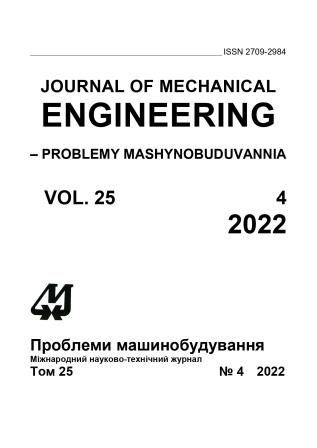Mathematical and Computer Modeling of the Forms of Multi-Zone Fuel Elements with Plates
Abstract
Seeing the significant increase in the number of nuclear power plants, as well as models and modifications of nuclear reactors, it becomes important to find out/establish the advantages of certain plants. At the same time, designers face a number of questions for which optimal solutions have not yet been found. At nuclear plants, there is the largest turnover of financial funds and the smallest gain in economy brings huge profits, but one should not forget about reliability and costs during the plant construction. This is a complex problem that is solved at the design stage. Calculations of the reactor at the design stage make it possible to determine the main parameters of the active zone, temperature values, etc. Thermohydraulic calculation of the active zone of the reactor is one of the cornerstones in justifying the safe operation of the nuclear power plant. Calculations of coolant parameters and temperatures of fuel elements are carried out at all stages of designing and proving the safety of nuclear power plants. Twisted pipes and finned heat transfer surfaces are widely used in engineering to increase the effective heat transfer coefficient. In particular, longitudinal, transverse, and spiral edges are used for finning the shells of fuel elements of nuclear reactors and the outer surfaces of steam generator pipes. Finning not only increases the heat transfer surface on the side where the heat transfer coefficient has a low value, but also significantly affects the hydrodynamics of the flow, and thus affects this coefficient. It is obvious that the better the medium is mixed in the main flow and in the intercoral zone, the higher the heat transfer coefficient is. The most profitable forms of fuel elements shells finning are chevron and polyzonal finning, which are performed in the form of a multiturn spiral with a large step. The R-function theory turned out to be quite convenient for building mathematical models of finned shells of fuel elements with straight and helical plates, as well as for building the corresponding objects on a 3D printer. From a practical point of view, the relevance of the problem is also determined by the significant spread of twisted cylindrical bodies, twisted channels, coils in the energy, chemical, oil, gas, metallurgical industries and in heat engineering equipment. The flows that arise at this time make it possible to intensify the processes of heat and mass exchange and achieve savings in energy resources.
Downloads
Published
Issue
Section
License
Copyright (c) 2023 К. В. Максименко-Шейко, Т. І. Шейко, Д. О. Лісін, Н. Д. Петренко

This work is licensed under a Creative Commons Attribution-NoDerivatives 4.0 International License.
All authors agree with the following conditions:
- The authors reserve the right to claim authorship of their work and transfer to the journal the right of first publication of the work under the license agreement (the agreement).
- Authors have a right to conclude independently additional agreement on non-exclusive spreading the work in the form in which it was published by the jpurnal (for example, to place the work in institution repository or to publish as a part of a monograph), providing a link to the first publication of the work in this journal.
- Journal policy allows authors to place the manuscript in the Internet (for example, in the institution repository or on a personal web sites) both before its submission to the editorial board and during its editorial processing, as this ensures the productive scientific discussion and impact positively on the efficiency and dynamics of citation of published work (see The Effect of Open Access).

